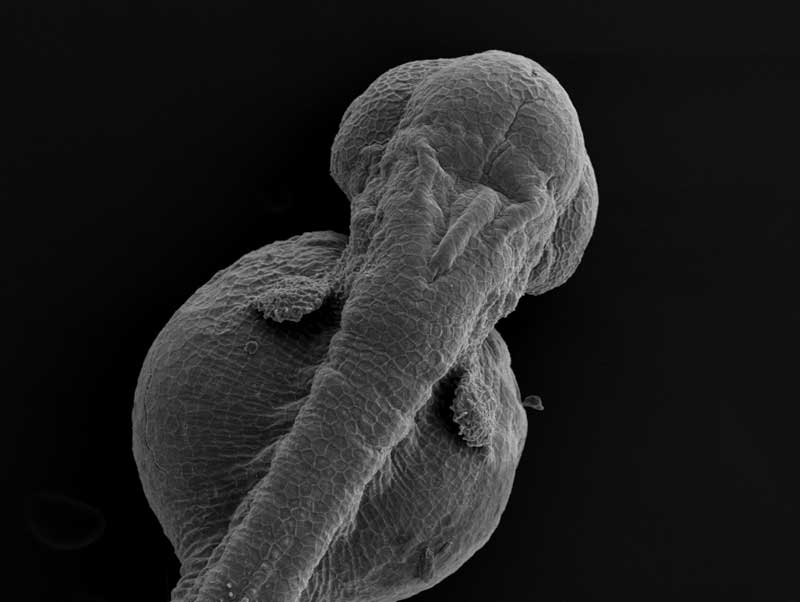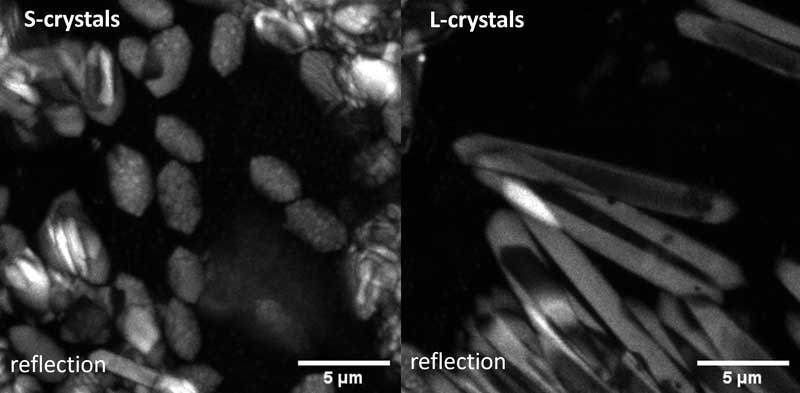We study size and shape in two different contexts, using the developing zebrafish larva as a model system.

Over an animal’s life, organ growth is a dynamic spatiotemporal process that is Started (i.e. cells proliferate), Stopped (i.e. proliferation is arrested), and Shaped (i.e. cells are organized into form). Thus, growth rates can change, suggesting that organ size is measured by cells to set or regain proportionality to body size. This entails precision, implying that multiple cell communication mechanisms can regulate growth within an organ – acting alone or together, ensuring size and shape resilience.
Our Goal is to Decode Cellular Communication towards Organ Growth Control
We investigate how information is converted into growth, during organ development and regeneration of zebrafish fins, by looking into three biophysical mechanisms of cell communication:
In parallel, we study organelle biogenesis, focusing on the differentiation of particular pigment cells of the zebrafish, the iridophores. Fish are shiny due to these cells, as they contain specialized organelles with guanine crystals, structures capable of reflecting light by thin film interference – these acquire particular large sizes and stereotypical hexagonal shapes, essential for the cells’ function. However, it is not understood how do cells exert control over the formation of these crystals to achieve the observed morphologies.
Our Goal is to have a mechanistic understanding of the Contribution of Organelle Form and Function into Cellular Specialization
For this, we are investigating different aspects of cell biology, particularly focused on:
